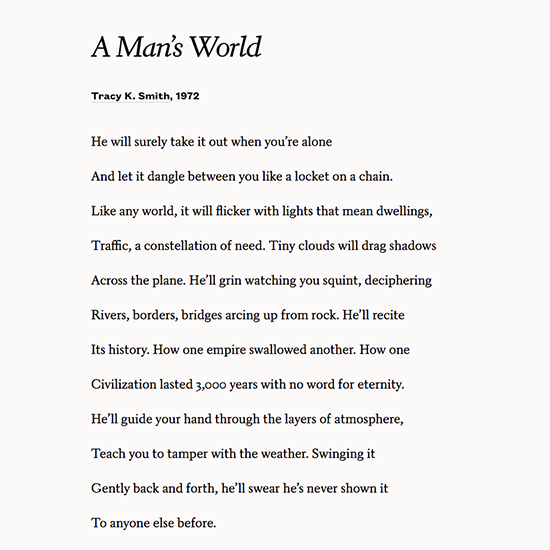
Yet they appear to present the universe as one might see it, previewing what space explorers and tourists could experience when manned space travel extends humanity’s reach beyond the earth’s orbit. They do not look like older photographs of the stars nor are they anything like what one sees on a dark night.


The vividly colored, exquisitely detailed, and dramatically lit Hubble Space Telescope images now define how we visualize the cosmos. The celebration of imaginative freedom and modern science’s command of nature is further linked to constant apprehension about the human abuse of power and to anxieties triggered by the sublime mythology of transcendence, informed by a desire for dominating the other to the point of possession. Her adaptation of the category expands the frame of reference for the purposes of an existential inquiry into the nature of humanity and transcendence. Smith employs the cosmic sublime not only as a spatial mode of perception but also as a metaphor of the emotional response to death. The primary intention of my study is to examine the strategies and implications of the poet’s revisionary engagement with the aesthetics, rhetoric, popular mythology and mysticism of the spatial infinite. Written after the death of her father, who was one of the engineers of the Hubble telescope, the volume links personal elegy and the work of mourning with philosophical questions about the relationship between the self and scientifically framed visions of the cosmos. Smith uses tropes of cosmic perspective, scientific gaze and interplanetary travel to problematize the relationship between human finitude and the boundless unknown of the universe.


In her book of poetry Life on Mars (2011), Tracy K. The cosmic sublime, as the most spectacular manifestation of the natural sublime, offers rich stimuli for the literary imagination, as well as for various interactions between science, culture and art.


 0 kommentar(er)
0 kommentar(er)
